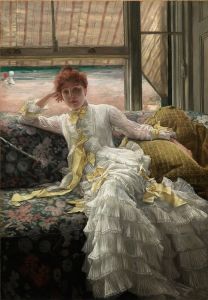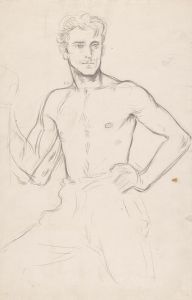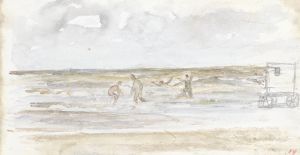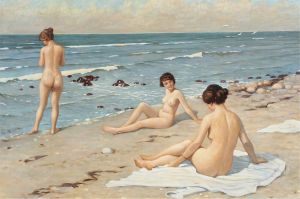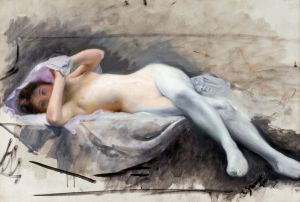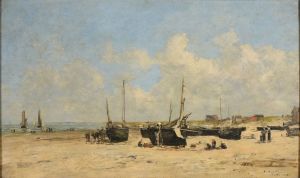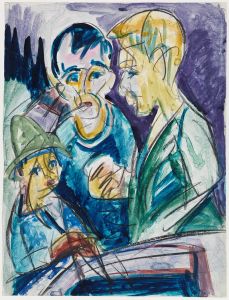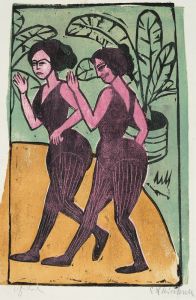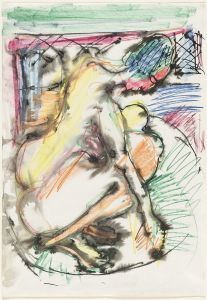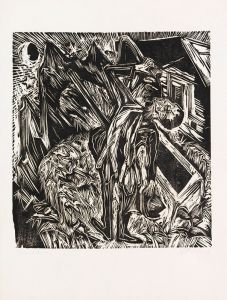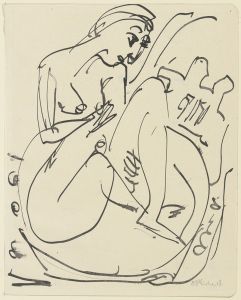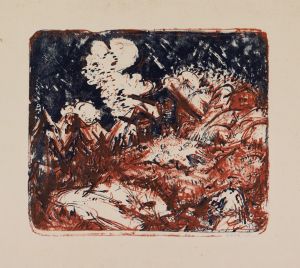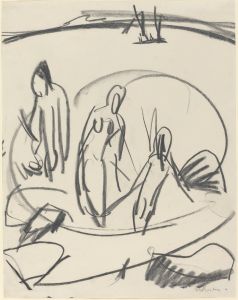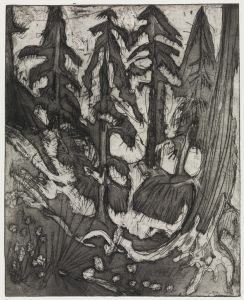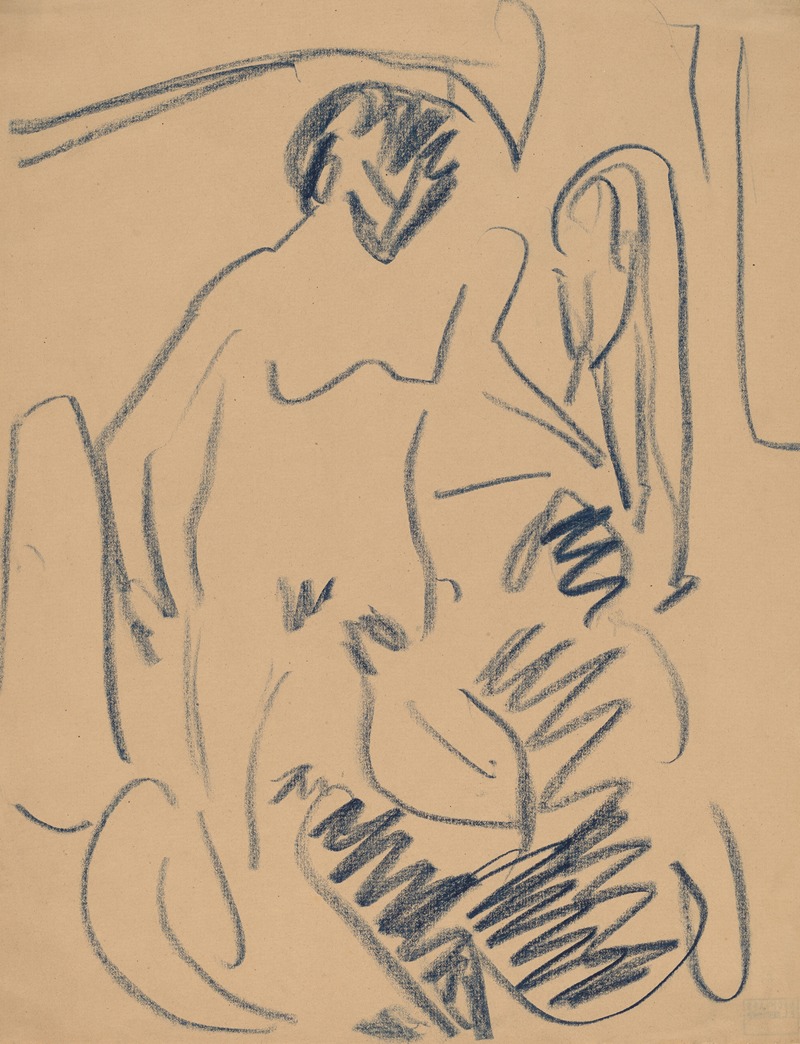
Nude on the Beach
A hand-painted replica of Ernst Ludwig Kirchner’s masterpiece Nude on the Beach, meticulously crafted by professional artists to capture the true essence of the original. Each piece is created with museum-quality canvas and rare mineral pigments, carefully painted by experienced artists with delicate brushstrokes and rich, layered colors to perfectly recreate the texture of the original artwork. Unlike machine-printed reproductions, this hand-painted version brings the painting to life, infused with the artist’s emotions and skill in every stroke. Whether for personal collection or home decoration, it instantly elevates the artistic atmosphere of any space.
Ernst Ludwig Kirchner, a prominent German expressionist painter and one of the founding members of the artist group Die Brücke, created "Nude on the Beach" in 1913. This painting is a quintessential example of Kirchner's work during a period when he was deeply influenced by the natural world and the human form. Kirchner's style is characterized by bold colors, dynamic compositions, and a sense of raw, emotional intensity, all of which are evident in "Nude on the Beach."
The painting depicts a nude female figure reclining on a beach, surrounded by a vibrant and somewhat abstracted landscape. The use of vivid, non-naturalistic colors and the expressive brushstrokes are hallmarks of Kirchner's technique, reflecting his desire to convey emotional and psychological depth rather than mere physical appearance. The figure's pose is relaxed, suggesting a sense of freedom and connection with nature, which was a recurring theme in Kirchner's work.
Kirchner and his contemporaries in Die Brücke sought to break away from traditional academic art and embraced a more spontaneous and direct approach to painting. They were inspired by the art of indigenous cultures, as well as by the works of Vincent van Gogh and Edvard Munch. This influence is evident in the way Kirchner simplifies forms and uses color to evoke mood and atmosphere rather than to depict reality accurately.
"Nude on the Beach" was created during a time when Kirchner spent significant periods in the countryside, particularly on the island of Fehmarn in the Baltic Sea. These retreats allowed him to immerse himself in nature and explore the human figure in a natural setting, away from the constraints of urban life. The painting reflects this sense of liberation and the artist's fascination with the interplay between the human body and the natural environment.
Kirchner's work, including "Nude on the Beach," was often met with mixed reactions during his lifetime. While some critics praised his innovative approach and emotional intensity, others were unsettled by the rawness and perceived primitivism of his style. Despite this, Kirchner's contributions to the expressionist movement have been widely recognized, and his works are now celebrated for their boldness and originality.
Today, "Nude on the Beach" is considered an important piece within Kirchner's oeuvre and within the broader context of early 20th-century art. It exemplifies the key characteristics of expressionism and provides insight into the artist's exploration of the human condition and his quest to capture the essence of life through color and form. The painting is held in high regard by art historians and continues to be studied and appreciated for its artistic and historical significance.





